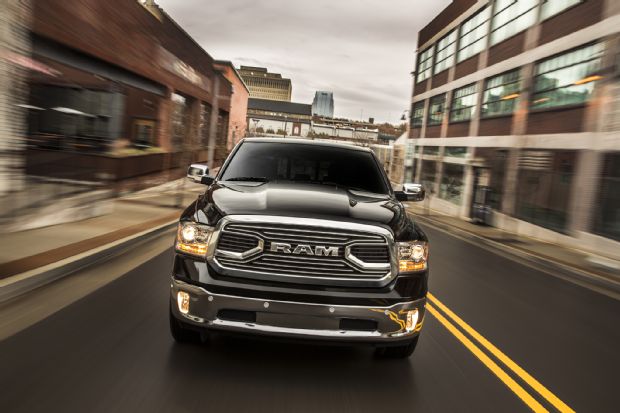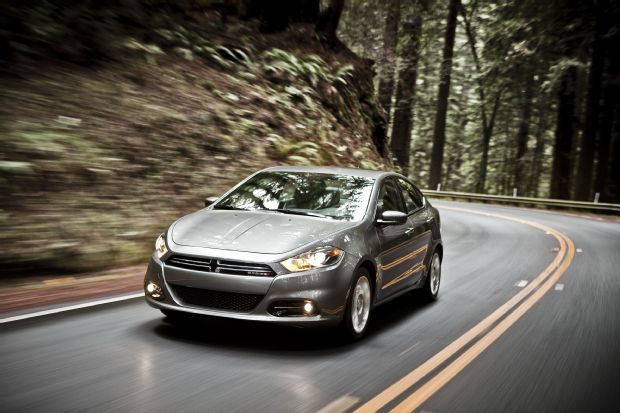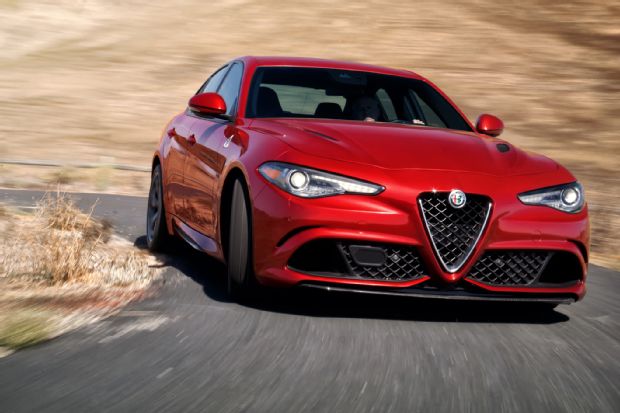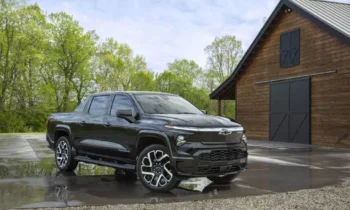The only American brand certainty in bad economics and good is Jeep. Six-and-a-half years ago, when we weren’t certain that General Motors, Chrysler, and pretty much the rest of the U.S. auto industry would survive the Great Recession, we all knew someone would buy the brand that has survived Kaiser, AMC, Daimler Chrysler, and Cerberus.
Chrysler might try to unload Dodge trucks on someone such as Nissan, which had signed a deal to use the next Ram pickup’s platform for its own Titan truck (a deal made null by the Chrysler bankruptcy), and GM probably would get a few bucks from China’s SAIC for the Buick name. This was all the upside we could see at the time.

Don’t forget the upcoming Jeep Grand Wagoneer. Chrysler plans to compete with the Land Rover Range Rover with this new sport-utility vehicle, which ought to top even the popular Grand Cherokee for profit margin, each single sales of which, Marchionne said a few years ago, makes more money for Fiat Chrysler than 1,000 Fiats.

Ultimately, FCA could become what we thought it might become seven years ago: the Jeep Motor Company. Alfa has a future if Marchionne can build it up from a couple of aged Fiat-based front-wheel-drive hatchbacks not sold here, a very low-volume sports car, and the upcoming Giulia. Dodge’s future depends on Alfa, which is to provide its RWD platform for the next Charger, Challenger, and a Barracuda convertible. Beside the lame-duck Dart, all Dodge has beyond that is the Journey (there will not be a new Grand Caravan), which has to be bargain-priced to sell in the same showrooms as Jeep models.
Fiat is a regional brand in Europe that has had a modicum of success here (its sales were about three-quarters of Mini’s in the U.S. last year). Lancia is nothing more than a local Italian brand, and Maserati has some sort of future as a low-volume luxury brand with high profit margins.
Perhaps, under this worst case scenario, Maserati spins off and gets gobbled up by Ferrari. The rest of the remaining brands don’t get any more new product, and Chrysler, Dodge, Fiat, and even Alfa fade away like American Motors did when Chrysler bought it in the late 1980s to get Jeep and turned AMC into the Eagle brand.

Considering how fast compact and midsize sedans are giving way to smaller XUVs in this market, I can imagine one or two North American Fair Trade Agreement assembly plants spitting out several brands using a single platform, but with unique sheetmetal and interior designs. Think of the C- and D-segment sedans as our counterpart to the Japanese kei-car. Some 20 to 25 percent go straight to rental lots anyway. We don’t know whether we’ll need all these compact and midsize car choices in the future, but we do know we’ll need Jeep.



